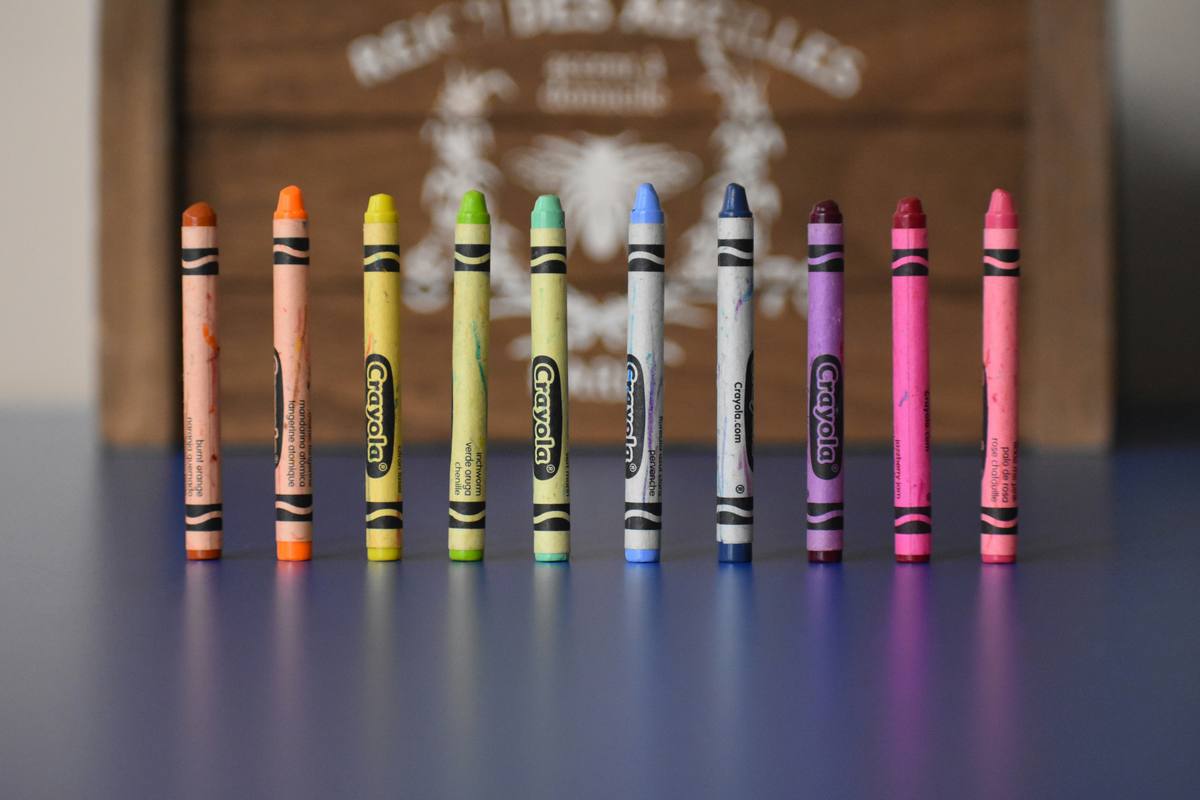Diving into the World of Art Schools Business
Embarking on the journey of starting an Art Schools business is an exhilarating adventure filled with boundless opportunities for creativity and expression. The initial step involves immersing yourself in the vibrant world of art, understanding different styles, and recognizing what unique offerings you can bring to the table. It's paramount to draft a meticulous business plan that outlines your vision, target market, and financial projections. Securing a captivating location that resonates with artistic vibrancy will attract aspiring artists. Assembling a team of skilled instructors passionate about fostering creative talents is crucial for nurturing a thriving community. Lastly, crafting a compelling marketing strategy that highlights your school's unique value proposition will set you apart in the bustling art scene.
Visual allure plays a significant role in attracting students to your Art School. Utilizing platforms like Desygner to create visually stunning promotional materials can make your school stand out. Creating an atmosphere where creativity knows no bounds begins with designing inspiring classroom spaces that stimulate artistic exploration. Offering workshops and open days can give potential students a taste of the exceptional experience they'll receive. Engaging with the local art community through events and collaborations can strengthen your school's presence and build a supportive network. Implementing student showcases not only celebrates their achievements but also draws attention to the quality education provided at your institution. Remember, success in building an art schools business lies in creating an environment where creativity flourishes and students are empowered to explore their artistic journeys.
Finding Your Niche in the Art World
Embarking on the journey of starting an art school business is akin to painting on a blank canvas. You're faced with endless possibilities, but the first stroke--the decision of your niche--is crucial. It's not just about deciding whether you'll focus on traditional painting, digital art, sculpture or another form; it's about understanding the market demand. Every artist has a vision, but aligning that vision with what students seek can be challenging. Recognizing your unique proposition is the cornerstone of how to start with confidence and clarity.

Navigating Financial Waters
Now, let's talk numbers, because even in art, they matter profoundly. Starting any business requires a significant investment--not just of time and passion but also financially. Securing funding for your art school might involve convincing investors or banks that your vision is viable and profitable. Budgeting goes beyond initial expenses; it encompasses ongoing costs like supplies, utilities, and marketing. Thus, mastering the art of financial planning is essential in ensuring your school's doors stay open.

The Quest for the Ideal Location
The location does more than define where your art school stands; it speaks volumes to potential students about what they can expect. A prime location might be accessible and inspiring but securing such a spot comes with its own set of challenges. Zoning laws can be stringent, sometimes limiting where educational facilities can operate. Competition for desirable locations is fierce, often reflecting in higher lease prices. Yet, finding that perfect spot is a testament to patience and perseverance, showcasing your dedication to providing an ideal learning environment.
Curating a Stellar Curriculum
What sets an exceptional art school apart is often its curriculum. It's not enough to know how to start; you need to know how to sustain interest and cultivate skills over time. This involves staying abreast of industry trends while respecting traditional techniques that form the backbone of artistic education. Crafting a curriculum that balances technical skills with creative exploration requires deep insight into both teaching and artistry. It's this blend that will attract students eager for a comprehensive education in art.

Hiring Passionate Instructors
Instructors are the heart of any educational endeavor, more so in an art school where passion translates directly into inspiration for students. Finding educators who are not only skilled artists but also effective teachers is no small feat. They must resonate with your vision and possess the ability to adapt their teaching methods to diverse learning styles. Moreover, fostering an environment where instructors continue their professional development ensures that your school remains at the cutting edge of art education. Thus, careful selection and investment in your faculty are fundamental.

Boost campaigns with 250+ editable templates. Save, reuse, and wield design tools for business growth.
Try it for FREE!Mastering Marketing Strategies
In today's digital age, a well-crafted marketing strategy can be the difference between obscurity and prominence for your art school. Utilizing social media platforms to showcase student work and success stories creates an engaging narrative for prospective students. Traditional advertising methods still hold value but integrating them with digital efforts amplifies reach and effectiveness. Search engine optimization ensures that when potential students search 'how to start' their art education journey, your school appears at the top. Balancing various marketing tactics tailored to your target demographic guarantees exposure and attracts enrollments.
Cultivating an Inspiring Community
An art school thrives not just on skill development but also on building a community where creativity flourishes. It's about creating a space where students feel safe to explore their talents and push boundaries without fear of judgment. Community-building activities such as exhibitions, workshops, and collaborative projects encourage engagement beyond classroom walls. Engaging with local artists and galleries establishes connections that enrich students' educational experience. Ultimately, fostering this sense of belonging nurtures creativity and cements your institution's reputation as a nurturing haven for artists.
Leveraging Technology in Art Education
The role of technology in art education cannot be overstated--it's transforming how we create, learn and appreciate art. From digital drawing tablets to sophisticated design software, integrating technology into your curriculum enhances teaching methodologies and learning experiences alike. This adaptation also prepares students for the modern demands of the creative industry where digital skills are prized.However, navigating the vast landscape of technological tools can be overwhelming.This is where platforms like Desygner come into play--they simplify graphic design processes making it accessible to both teachers and students alike,thus bridging traditional artistic techniques with modern digital fluency.
Concluding Thoughts on Launching Your Art School Venture
Embarking on the journey of starting an art school is a path filled with creativity, passion, and the potential for significant impact. It's about creating a space where art not only lives but thrives, nurturing the talents of aspiring artists and providing them with the tools they need to succeed in the vast world of art. As we wrap up our discussion, it's crucial to reflect on the key takeaways and steps necessary for making your dream of running an art school a reality.
Success in this venture hinges upon careful planning, understanding your market, and delivering high-quality education that stands out. The cornerstone of your strategy should be a comprehensive business plan that outlines your vision, mission, competitive advantages, and financial projections. This roadmap will guide you through the intricate process of establishing and growing your art school.
Embrace technology and innovation to enhance your curriculum and operations. In today's digital age, incorporating tools that streamline administration and enrich learning experiences is non-negotiable. Here are some critical points to remember:
- Identify your target market and tailor your offerings accordingly.
- Secure a conducive location that inspires creativity.
- Develop a robust curriculum that covers diverse art forms.
- Recruit experienced and passionate instructors.
- Invest in quality art supplies and facilities.
- Implement effective marketing strategies to attract students.
- Maintain financial discipline to ensure sustainability.
- Leverage tools like Desygner for marketing materials and creative assets.
Bringing your vision for an art school to life is no small feat, but with determination, meticulous planning, and the right resources at your disposal, it is entirely achievable. Remember, every great artist started somewhere, and by founding an art school, you're providing that crucial starting point for many. Embrace this opportunity to shape the future of art education. For those ready to embark on this exciting journey, consider signing up at Desygner for innovative design solutions that can propel your art school forward.



